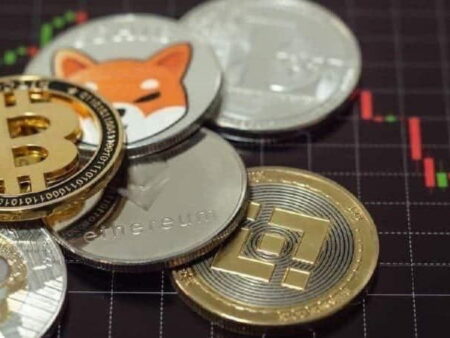Solana (SOL) is one of the best-performing cryptocurrencies in 2023, with over 200% in price gains year-to-date. This results from a growing demand for its native token, which investors can stake in exchange for staking rewards.
Notably, Solana is the second-largest cryptocurrency by Staking Market Cap, according to data from StakingRewards.com. As of October 24, there is $12.72 billion at stake in Solana’s network, for a total of 400.05 million SOL tokens locked by validators and delegators in the protocol.
The protocol creates new tokens to reward investors when they stake their SOL to secure the Solana blockchain. Similar to what happens with Bitcoin (BTC) mining or Ethereum’s (ETH) system. However, the supply inflation resulting from these rewards can also impact the real reward rate for Solana investors.
It is essential to understand that the increased circulating supply dilutes the SOL holder‘s true value. Finbold demonstrated this dilution in a previous report analyzing the price Solana would trade at if it hits its all-time high market cap.
Solana staking reward rate vs. real reward rate
In this context, Finbold turned to StakingRewards.com to discover how much Solana staking protocol is really rewarding its investors after locking up their capital with SOL. The raw numbers show that the network has paid 905.03 million dollars year-over-year.
Interestingly, despite having an estimated annual reward rate of +7.08%, the real reward rate (adjusted by Solana’s massive supply inflation) is -0.29% per year. This means a staking position of 1,000 SOL ($30,000) would incur yearly losses of $87.

This is one of the worst estimated real reward rates for the leading cryptocurrencies by staking market cap. As for comparison, Ethereum has an estimated real reward rate (adjusted by supply inflation) of +3% versus its +3.47% ETH staking reward.
At the time of publication, 772,980 crypto wallets were staking 71% of Solana’s market capitalization. Moreover, SOL staking has increased by 69% in the last 24 hours despite its low estimated reward rate discounting the token’s inflation.






